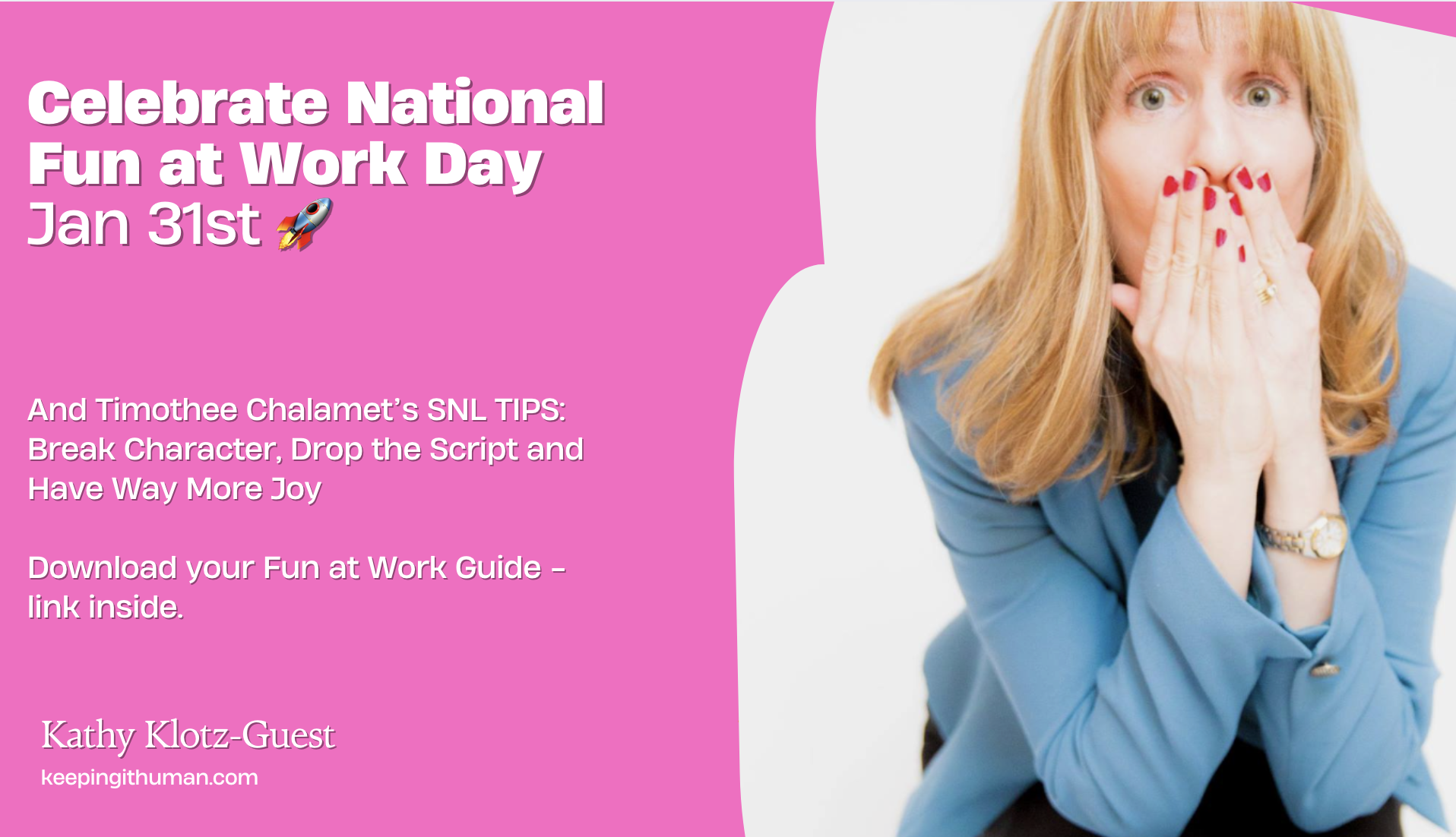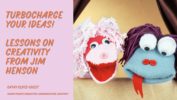KKG (Kathy Klotz-Guest): Other than Apple, when we look at Silicon Valley – who is creating really innovative products?
MH (Mike Harding): I would say Nest Labs. Tony Fadell, the founder, created the iPod. He came up with a non-obvious answer to a problem people didn’t know they had. Almost 50% of energy in homes goes to cooling; he wanted to apply technology to the problem to reduce energy consumption. He developed a “learning” thermostat. And he wanted it to have a cool design, too, which it does.
There was a huge design element and the product costs about $250, and pays for itself in a few years. So there is a great return on sophisticated technology made simple. That’ the ‘a-ha!’ It meets all the criteria of great innovation – simple, important, solves a key problem people didn’t always articulate, and so the value is clear. This product is about great design, it’s easy to use, and it is based on awesome sophisticated technology that the user doesn’t have to understand to be able to benefit from. Honeywell has patents around those kinds of things and came to the conclusion that there was no market and didn’t go into that space. Honeywell is now coming after them. Facebook is making attempts but their product is not the ‘best imaginable’ product. Intel is trying to innovate into new areas, too.
KKG: I think healthcare is rife for big shifts and we already see some examples. IDEO helped Kaiser Permanente to rethink the entire patient experience by imagining it as a whole product – from sitting in the waiting room to wearing those horrible gowns (talk about exposed!..) <laughs!>. Now in healthcare we’re talking about technology shifts such as electronic medical records, and ways to improve actual hospital care.
KKG: Another example of small things that make a huge difference in healthcare is in the area of catheters – a major source of hospital infections. A company recently came up with a catheter cleaning mechanism (with a disinfecting dispenser and cleaning head that operates at the push of a button). This company looked at the entire process of “human” events that lead to contamination and built a solution to the entire process. For example, nurses putting catheters in their pockets for later use. That very act contaminates the catheter. Now nurses can disinfect right before insertion! A small tweak in design that understands the entire human chain of events can have a huge health impact! It also fits all the criteria of “best imaginable product” by applying human-centered design element to solving a significant “human” need.
MH: Wow.That’s right.
KKG: You talk about creating the “best imaginable product.” How do you get there?
MH: UC Berkeley Professor – Dr. Peter Wilton – did work in this area, so I have to give credit here. The ‘best imaginable product’ happens long before your product development process. First, suspend all disbelief about what you think you know. Second, approach innovation as if it is a problem you have never seen before. Ask yourself ‘why?’ Get to the core reason of why. Make it so simple, and take big requirements off the table. Try to explain what you are doing to a young child. If you can’t get to the simple explanation of why you need a product, you don’t know what you are doing.
KKG: Absolutely. You have to knock people off the status quo of their own assumptions. That’s hard.
MH: Yes. You can mentally trick people! Take them down a path where the answer to what you ask is obvious. Then, flip it so that the answer seems totally wrong. Here is a great story to illustrate. There was this great painter in Ohio once upon a time. He painted people as he *saw* people. One day a woman drives up in fancy car and she asked him to paint her. The one catch, she says, is to do it naked. So he talks to his wife. He comes back and says, OK, I’ll do it. But only if I can keep *my* socks on. It’s a miscommunication. It’s a challenge of assumption. You saw that coming!
KKG: Absolutely. Comedy – like great marketing – is about upending expectations. Same mindset!
MH: Yes! Cutomers lie. People lie. It’s not malicious – but we lie to ourselves. We don’t mean to. It’s part of the human condition. Sometimes we don’t know what we want, and we don’t know how to ask for it. Sometimes customers aren’t sure. You have to keep going back to the question about the most basic assumptions and ask, “Why do you think that? What makes you sure? Are there other possibilities?”
KKG: True. So many great areas to explore in a future blogs. Any final thoughts on the topic?
MH: There is no silver bullet here. Challenge assumptions; yet don’t dump your product design process – just know how to use it at the right time. Don’t be arrogant. Be smart enough to know the difference. You have to use the right tool for the right job. Innovation isn’t about throwing out the traditional stuff; it’s knowing when to veer from tradition because it yields the same stuff. Critics criticize; creators create. Where do you want to be?
KKG: Thanks, Mike!
Follow Mike: @mah1
Follow Kathy: @kathyklotzguest




